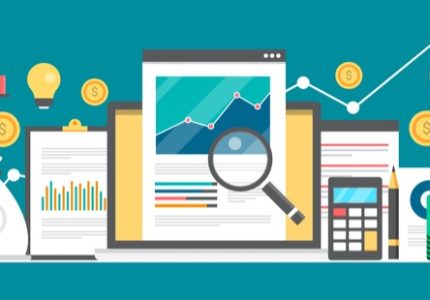
The Internet of Things (IoT) has been a buzzword in the technology industry for several years now. It refers to the network of physical devices, vehicles, buildings, and other objects that are embedded with sensors, software, and connectivity, enabling them to collect and exchange data. The integration of IoT in business processes has the potential to revolutionize the way companies operate, improve efficiency, and reduce costs.
IoT devices can be used in various business processes, such as supply chain management, inventory control, and asset tracking. For instance, sensors can be installed in warehouses to monitor inventory levels and automatically reorder products when they run low. This can help companies avoid stockouts and reduce the risk of overstocking.
In addition, IoT devices can be used to monitor equipment and machinery in real-time. This can help companies identify potential issues before they become major problems, reducing downtime and maintenance costs. For example, sensors can be installed in manufacturing equipment to monitor temperature, pressure, and other variables. If any of these variables fall outside of the acceptable range, the system can automatically shut down the equipment or alert maintenance personnel.
IoT devices can also be used to improve customer service. For example, retailers can use beacons to send personalized offers and promotions to customers based on their location within a store. This can help increase sales and improve customer satisfaction.
Another area where IoT can be integrated into business processes is in energy management. Sensors can be installed in buildings to monitor energy usage and automatically adjust lighting, heating, and cooling systems to optimize energy efficiency. This can help companies reduce their energy bills and carbon footprint.
However, integrating IoT into business processes is not without its challenges. One of the biggest challenges is data security. IoT devices collect a vast amount of data, which can be sensitive and confidential. Companies need to ensure that this data is protected from unauthorized access and cyber-attacks. They also need to ensure that the devices themselves are secure and cannot be hacked.
Another challenge is the complexity of IoT systems. IoT devices need to be integrated with existing business systems, such as enterprise resource planning (ERP) and customer relationship management (CRM) systems. This can be a complex and time-consuming process, requiring specialized skills and expertise.
Despite these challenges, the benefits of integrating IoT into business processes are significant. Companies that successfully integrate IoT can improve efficiency, reduce costs, and enhance customer service. They can also gain a competitive advantage by leveraging the insights and data generated by IoT devices to make better business decisions.
In conclusion, the integration of IoT into business processes has the potential to transform the way companies operate. By leveraging the power of IoT devices, companies can improve efficiency, reduce costs, and enhance customer service. However, companies need to be aware of the challenges involved in integrating IoT and take steps to ensure data security and system complexity. With careful planning and execution, the integration of IoT can help companies stay ahead of the curve and succeed in today’s fast-paced business environment.





